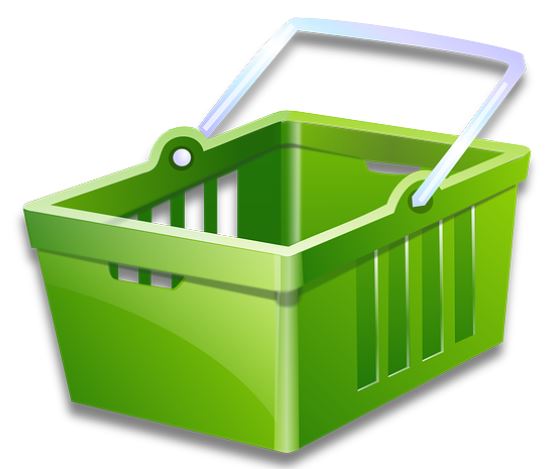Proximity Marketing
Proximity marketing is one of the key trends to look out for today.
‘Beaconing’ is a piece of technology that left as quickly as it came, with the trend of ‘geo-tagging’ fizzling out around 2010. However, in 2015, beacons were revived by Google, and in 2020 to 2021 it seems as though they are ready to make a comeback, to become a powerhouse within the m-commerce industry. Beacons are devices that can send out signals over a short distance, allowing companies to target users within a close proximity. How can these beacons be used to assist with mobile commerce? In store messaging – retailers will be able to use beacons to identify when a customer has entered the store, and in turn, send them an alert on their phone, potentially offering them discounts that they will be able to redeem at the cashier.
Loyalty Rewards – using proximity marketing retailers will be able to offer loyalty rewards, based on the number of times an individual has entered the shop within a certain time period, and made a purchase.
Frequency – Being able to measure how long certain customers spent in specific areas of the shop can be an extremely powerful marketing tool. Using beacons will enable retailers to achieve this.

‘Shoppable’ Tags On Instagram
Instagram’s new ‘shoppable’ tags are a great way to use social media to interact with a market. It is now easier than ever to advertise your products directly from Instagram, as if an individual sees something they like, they simply tap on the item, and they are taken to a different page, where they can view sizes and prices, and subsequently make a purchase.
One Click Checkouts
One click checkouts and digital wallets, such as Apple Pay and Amazon have improved mobile conversion on sales by up to 10%, which is unsurprising, as buying something is much more appealing when all that is required is a swipe, or a thumb print, rather than an entire set of credit card details.
In a recent study, it was found that 67% of consumers admitted to digital window shopping, simply for fun, on their mobile devices, with 77% of them making an impulse buy from their online basket as a result of this.
The more time that an individual has to spend filling out forms, credit card information, shipping details etc. the less likely they are to complete the sale. How many times have you given up with the purchase of a particular product due to the endless details that you’re required to fill out? With the streamlining of a retailer’s checkout process, they are more likely to make a higher volume of impulse sales.

Omni-Channel Strategies
Consumers in the modern era need an experience that is convenient for them. They need the ability to seamlessly switch between platforms, in order to make the buying experience more streamlined. If they are browsing on their PC during the day, when they come home in the evening the ability to continue right where they left off on their mobile phone is a tool that’s uses are unparalleled within the mobile commerce world. In order to create Omni- channel experiences for the customers, it is imperative that brands use consistent formatting across the aforementioned platforms, online bookmakers are experts at doing this, having invested millions in conversions. Having a unified message is also important, as continuity is key for the experience of the consumer.
With proximity marketing being discussed earlier, it is important to note that these trends are not just individual tools that a brand can use to improve their mobile commerce presence, but should instead be used in tandem. If a company uses proximity marketing to send an offer to the consumer on their mobile, then when they go to redeem the offer this should be a seamless process, causing minimal stress for the buyer. This is Omni-channel marketing, the ability for a brand to integrate their unified message across various platforms, in order to streamline the experience for the consumer.
Faster Checkouts
As already established, time is of the essence with the modern buyer. The speed at which an individual is able to checkout, and then continue with their day, the more likely they are to both purchase the item, and also return to the mobile site again.. There are certain ways this is achieved, including no forced registration, having auto-fill enabled on the website, progress indication and also security reassurance.
Forcing an individual to create an account has been show to cause basket abandonment. As mentioned previously, the modern generation of mobile shoppers have little patience, so minimising the steps that they need to go through in order to purchase a product is key. As shown in the infographic, 80% of shoppers have used their phone whilst inside a physical store, to check product reviews and compare prices online. Whilst doing so, if it was made apparent to them that within 2/3 clicks, they would be able to pay for that product and have it delivered to their home, then they are more likely to execute the purchase in this manner.
Maximize M-Commerce
Minimising the content displayed on the checkout page is also important. It has been found that even a one second delay in mobile load times can impact conversions by up to 20%. (Source: Google SOASTA, “The State of Online Retail Performance,” April 2017). Site speed is also essential for SEO on Google searches, especially mobile searches. Keep these top M-Commerce trends in mind for mobile marketing success in 2021 and beyond!
